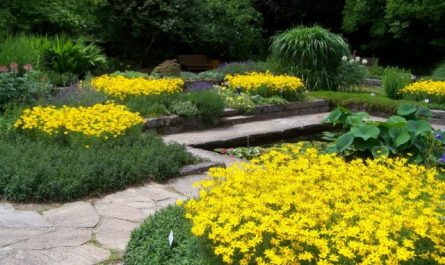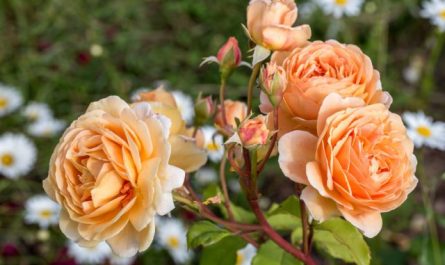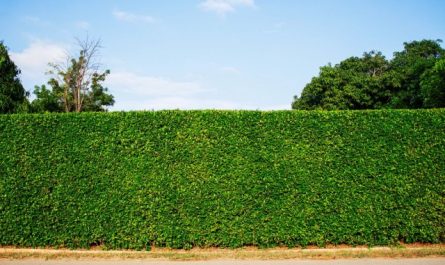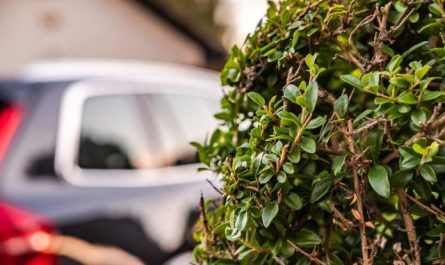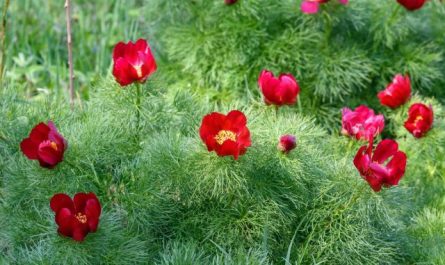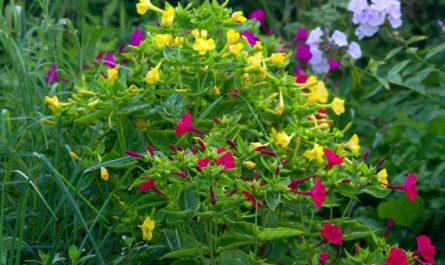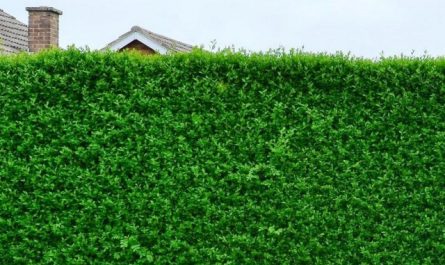Areas in the garden that are intended for compost production, its maturation and preparation are often called compost yards, although not all areas can boast of a large area for such a purpose. Thus, most often, only a compost pit or a special container is allocated for obtaining your own compost. Depending on how much space the compost yard occupies, strategies for its camouflage are selected.

Large areas or large compost pits are hidden behind fences that fit organically into the garden. In terms of the method of camouflage, two types of concealing objects are distinguished:
- hedges, or plant camouflage;
- stationary fences and additional decorative means.
The arrangement of concealing objects and hedges is carried out at some distance from the compost yard itself, so that it is convenient to work and move around inside the zone. Regardless of the type of fence, they should hide from view the entire area located behind them, create a closed zone with a compost yard inside, and level out the unattractive sides of such a purely practical object.
Living fences, trimmed or landscape, create spectacular and lush plant shields that not only hide the compost yard, but also serve as a garden decoration. Hedges for separating compost pits should be used only in such a way that they fit organically into the appearance of the garden, do not look too bulky for a particular area and do not “break” the entire structure of the site. They are often designed as a visual continuation of the existing fence on the site.
In addition to real hedges, you can use decorative screens or lattices covered with vines. They take up less space and are suitable not only for large but also for small garden plots.

Stationary fences – screens, screens, wattle fences, bamboo fences, which can replace planted plants as a camouflage. They should be attractive, bright, emphasize the style of the garden design and the dominant materials and colors in it.
Both types of fencing can be effectively replaced by:
- trees displayed in a row in frames or a line of columnar fruit trees and berry bushes;
- potted gardens placed on a multi-level stand;
- a large piece of small architecture placed in front of the compost yard, such as a gazebo, a fenced barbecue, or an imitation of ruins surrounded by plants;
- a large flower bed with tall plants in the background;
- retaining wall or stone flower bed, etc.



If special containers, most often plastic, are used to make compost, then it is not at all necessary to resort to the technique of complete camouflage with such objects. After all, the compost bin itself can be turned into a decoration of the site. The simplest method is bright painting, although the use of vines, including annuals or a group of potted plants is also very effective. A brush and a little imagination, one or two plants – and the container will look like an original fir tree or a miniature garden cottage.

Small compost pits or containers are designed differently: they are planted with a group of tall perennials or annuals from the front, hidden behind bushes of favorite flowers or a mini-flower garden that completely block the view. Often, annuals are used to create a flower screen, because it is not always possible to find a place for favorite annual stars, and an unattractive compost pit can always become an additional place for experiments with new varieties.
Of course, the cover can also be purely decorative – in the form of a mat shield, a mat, a carpet or a matting, laid on top of the film and enhancing heat exchange. You can always use another “quick” method – placing potted and tub plants.

